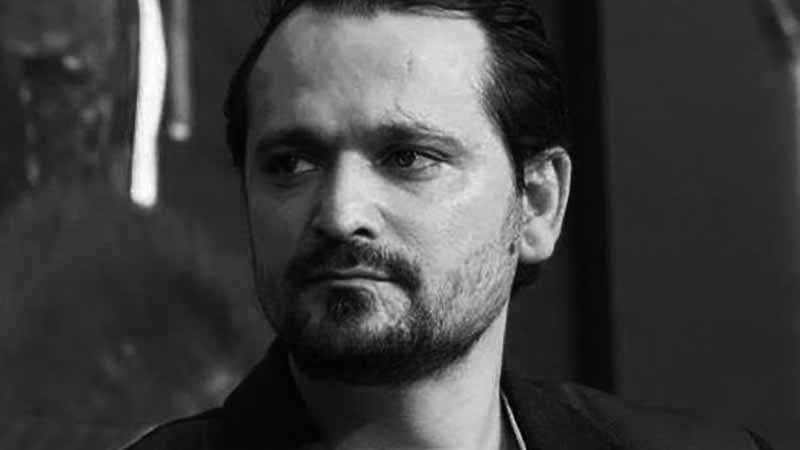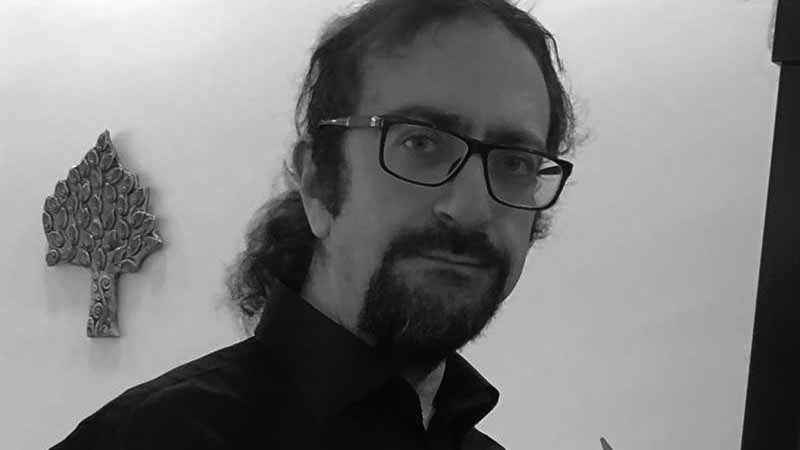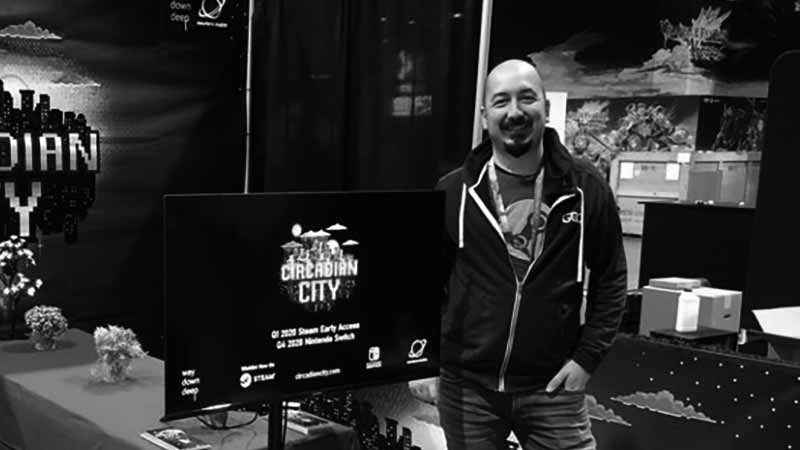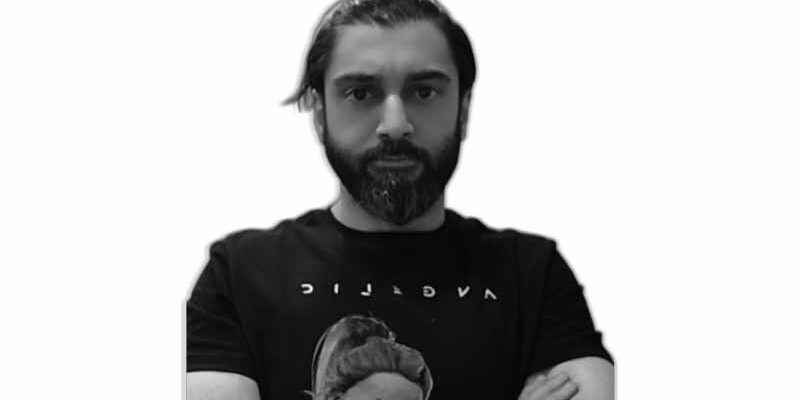We asked the Turkish game makers, who have been working on the second or even the third game, about the mistakes they made in their first productions.
While the game developers of Turkish origin set sail for new productions, they seem to have taken the necessary lessons from their previous releases. We asked our stakeholders, who presented a production to the game development industry, what they said, “I wish I hadn’t done this in the first game”. We would like to thank all our developers who did not hurt us and gave very sincere answers. I hope these answers will guide all our friends who want to enter the sector or who are already working. You can find their answers below.
Before listing the answers, we would like to point out that we have sorted the publications by last name.
What mistakes did we make in our first game?
Erkan Bayol / Sovereign Symphony
Since the first play is Sovereign Symphony, I can answer as follows.
1) Scope: The team had a defined scope and target without considering the limits and realities of geography and access to capital. We ran for a goal we couldn’t reach.
2) Team: We did not have a team that could run such a marathon. There was no opportunity in Turkey. I wouldn’t go into a project that crossed the team’s limits.
3) Marketing and Reaching the Target Audience: We did not have the capacity to market games to the whole world. Publishers were needed, but we didn’t have the capacity to satisfy them either (issues 1 and 2), so it was impossible for us to reach the appropriate target audience for HS. It would not be feasible to target the Turkish market, because there was no audience and sales capacity (even if we could) that could make a profit out of a production of this scale.
I would pay attention to these 3 issues, I would understand from the beginning that HS is not feasible and pivot.
Volkan Demir / Haunt Chaser

Our games are quite adequate in terms of graphics and sound. We spend so much effort on this that sometimes the content can be weak. Our previous game, Haunt Chaser, was enough for us, but it could have been much better in terms of content. For this reason, we developed ourselves as a team before starting the new game. We will not make the same mistake.
Ahmet Kamil Keleş / Pawn of the Dead

Let me start by talking about the parts where I said “I wish I didn’t do this” in the first games I made, then I’ll talk about the mistakes I made in Pawn of the Dead.
If I remember correctly, I published a play called Yaya is in Danger when I was 12 (in 2000). It was the first game I published in exe format. I made changes on Game Maker’s car racing template and turned it into a game with Frogger mechanics. I shared the game on a Turkish game production mailing list. The part where I said “I wish I could do it this way”, I guess I didn’t mention that I did it for the purpose of learning how to make changes on this template. Brother Murat (Oktay) warned me that I should have changed the template and published it as a game, he was right 🙂
I guess in 2001 (when I was 13) I started making an adventure game called Passenger No. 13. It was going to be a simple adventure game with cheetah-man characters. At that time, I was also drawing comics (on an amateur level of course), and I wanted to make a play for one of the stories I had drawn. And my family and teachers liked the drawings I made, so I thought that the same style drawings I would make in Paint would be appreciated on the internet. I made a short demo with Adventure Game Studio and posted it on a forum I am a member of.
People joked. I faced the fact that my drawings, which were appreciated by the people around me because I was young, would not actually be appreciated as a game visual in the outside world. The humorous side of the game was in an absurd style that didn’t appeal to everyone, to tell the truth, and it didn’t like it either. I realized that doing a job that people would like is not as easy as I thought. A talented illustrator on the forum drew a nice pixel art for the game, but of course, this was not a situation that could be sustained.
Another mistake I made was that I presented this demo as a “technology demo”, since I already used a ready-made game engine, the work I published did not have the quality of a technology demo.
While developing Pawn of the Dead, released in 2021, I got some things right and some wrong. Let me list what I did wrong;
* I think my biggest mistake is that I was the only one in the core team and did everything with my own money without trying to get funding/investment from anywhere. I was completely independent, yes, but it was a difficult process. If I were to try to make an indie game again, I would first prepare a vertical slice with my own means and send it to distributors and try to get funding and marketing support from a distributor.
* As for the graphics style, we went from a style that tried to be realistic 3D and that was a mistake. When you go in this style, it is inevitable that players will compare your game with state-of-the-art 3D games. If you don’t have the budget to prepare content that can compete with those games, players may think your game looks weak. Maybe it would be liked more if we followed a cartoonish style.
* I would write the story of the game differently. I was focused on telling a personal story. If I had focused on the existence of points like Climax, following known story formulas, I could have written a more exciting, loved story. For example, I could add elements such as the main characters being trapped towards the end of the story.
* I like to support Linux, but I had to spend extra effort to make this game run natively on Linux, I didn’t really need to put that much effort into it. Proton already does a good job of playing Windows games on Linux, I think. You can easily get a build for Linux from Unity, but when you play the game on Linux, you can see that some parts are not working properly and need to be fixed. Workload.
* I don’t think it makes sense to launch a mobile game without a distributor or a solid advertising budget (and the advertiser who will use that budget correctly). Since I couldn’t find a distributor for mobile platforms, the iOS port of the game was not visible, if I was remaking the game now, I would only focus on the computer and console.
* I would spend much more time reaching out to foreign press and streamers. I would try to find anyone who might be interested in the game and have enough viewers, rather than just the media outlets and streamers whose names I knew at the time.
* I noticed and fixed a few points where I made a mistake with the optimization long after the game was released, but it was too late. I should have focused more on optimization at the early access stage. It’s partly about me being the only programmer, if there was someone else in the team, maybe he would have noticed those mistakes beforehand.
Generally; If I were to go back to the year I started making the game, I would start making a horror game instead of a genre I’m unfamiliar with like turn-based strategy, maybe an adventure game.
Serkan Özay / Doughlings Invasion

After our first game, Doughlings Arcade, we actually had another project next instead of Doughlings Invasion. A more ambitious, larger project. But we did Doughlings Invasion instead. Our argument there; What a game we could afford by calculating the money in the safe. We had eight months of money, so we decided to make a game for that long.
However, after our 3rd project, Mayhem Brawler, I realized that this was not the case. Because when we started it, we never had enough money in our safe to finish it. However, as the game progressed, we saw that a lot of doors were opened. There are investor, distributor, and even Kickstarter opportunities. Frankly, I have said a lot that I wish we didn’t limit ourselves by saying “there is so much money in the safe, let’s play this much” without foreseeing them.
I love Doughlings Invasion. It was a very good game, but not a game that would sell. Therefore, it threw us back 8-9 months, maybe close to a year. Of course we had great experience. But it could have been a completely different kind of game instead.
Burak Tezateser / Monochroma

How was the industry different from today?
Indie gaming was a relatively new thing, a time when both platforms like Steam and game engines like Unity were just becoming mainstream. When we started Monochroma, there were no games built on Unity that were half the size of Monochroma (in terms of memory and GPU budgets). We have seen by testing what can be done.
What did we do wrong?
This list goes on. But let’s keep it short. We had difficulties in team motivation and communication within the team. When Monochroma came out, almost the entire crew was burnt out.
There was no animator in the team, we moved forward with an animator we found abroad, that animator was working on another tool. We realized a mistake we made after almost 6 months, we had to redo all the animations.
We made the biggest mistake while publishing. We ran out of energy and money. We released the game before we could complete the tests. There was no testing with the gamepad and the game was unfinished with the gamepad. Of course, we did not know that American players often play platform games with gamepads. This caused even the authors who liked the demo of the game very badly to give the game very bad scores. Even if we fixed the bugs within 10 days, it didn’t work.
We don’t have any assets, libraries or tools developed on Unity from Monochroma. Everything was done to save the moment. It’s a sad situation for a project that took almost 3 years.
What did we do right?
There were a lot of things we did first and even though we made mistakes, it was a success to be able to make such a game at that time. Images and music received domestic and foreign accolades and awards.
We were one of the first projects to use Kickstarter. We had a very emotional campaign.
After the project came out, we did not accept failure, we continued to fix for months. We increased the user score of the game from the 70’s to the 80’s with the fixes.
We made good use of sales channels other than Steam. We sold the game to a Chinese console, it made more than 20,000 boxed prints, and we were able to get most of the payment up front. We released the Xbox version, entered bundles, went to other PC platforms, made daily flash sales, made discounts. The project, which seemed like it had no chance when it first came out, helped Nowhere Studios survive.
Would we do Monochroma today?
Personally, I wouldn’t dare to play a puzzle platform game in today’s competitive conditions. In an area where AA examples like Ory and the Blind Forest, Little Nightmares, Unravel come out, an indie on a Monochroma budget wouldn’t have much luck.
Still, Monochroma has a unique story. We must have found another way to tell that story.
